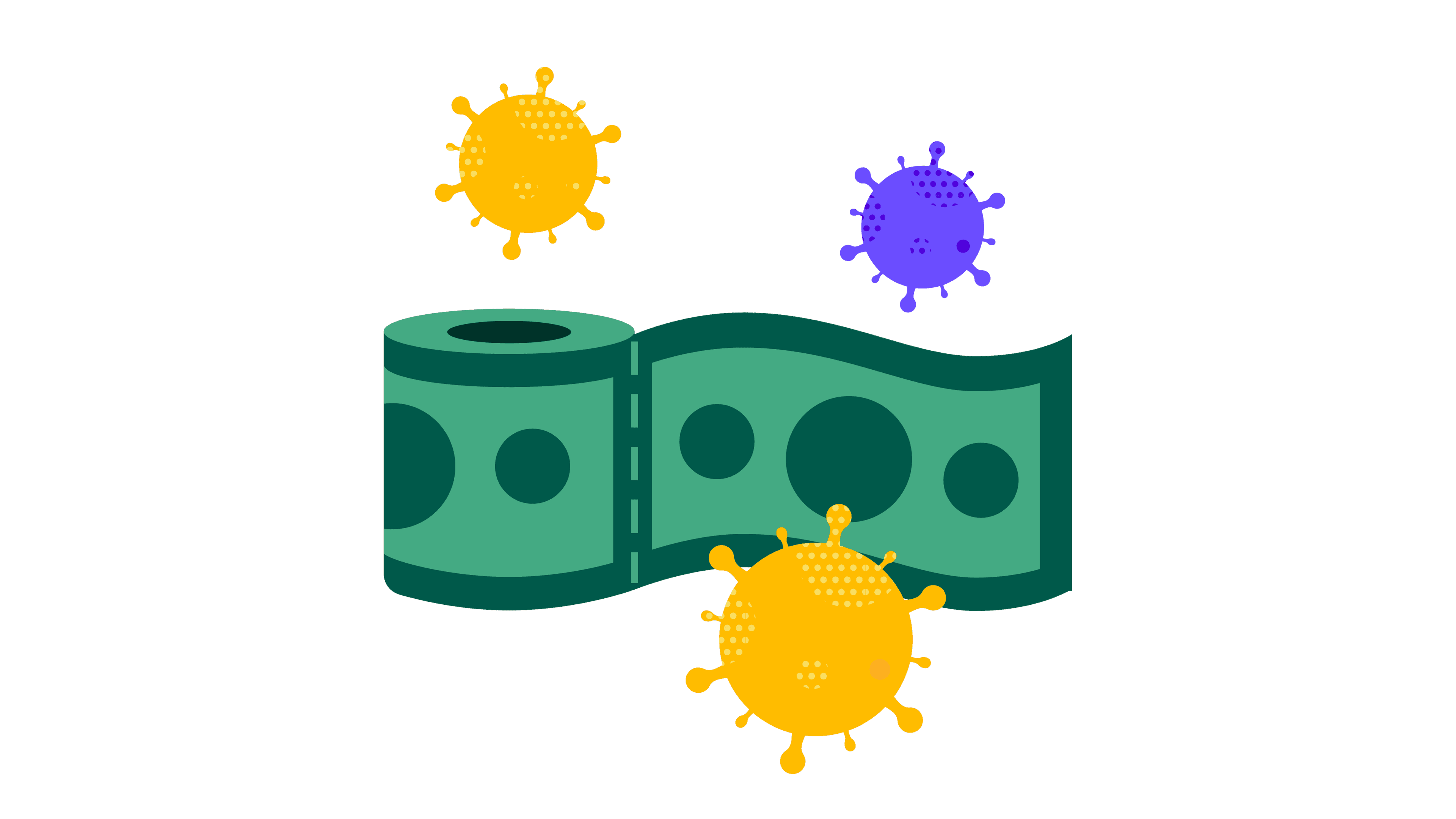
Saving Money During COVID-19
COVID-19 has created a financial mess – for people’s income, savings, investments, and big life moments. We’re here to help you figure out what saving could look like when the future’s uncertain. Thank us from a distance.
Start Here
Put yourself in the best financial position possible.COVID-19 and Your Money: "Start Here" curated list
Talk the Talk
Because pandemic, self-quarantine, and super-spreader aren’t the only terms to know.Skimm’tionary: COVID-19 and Your Money

Administrative Forbearance
When the gov temporarily pauses your payments. Right now, this applies to anyone with student loans owned by Uncle Sam. Meaning you don’t have to pay anything – not even interest – unless you want to.

Bear Market
Opposite of a bull. The market’s going down, and investors are nervous. Fun memory trick: Bears attack by swiping their claws down.
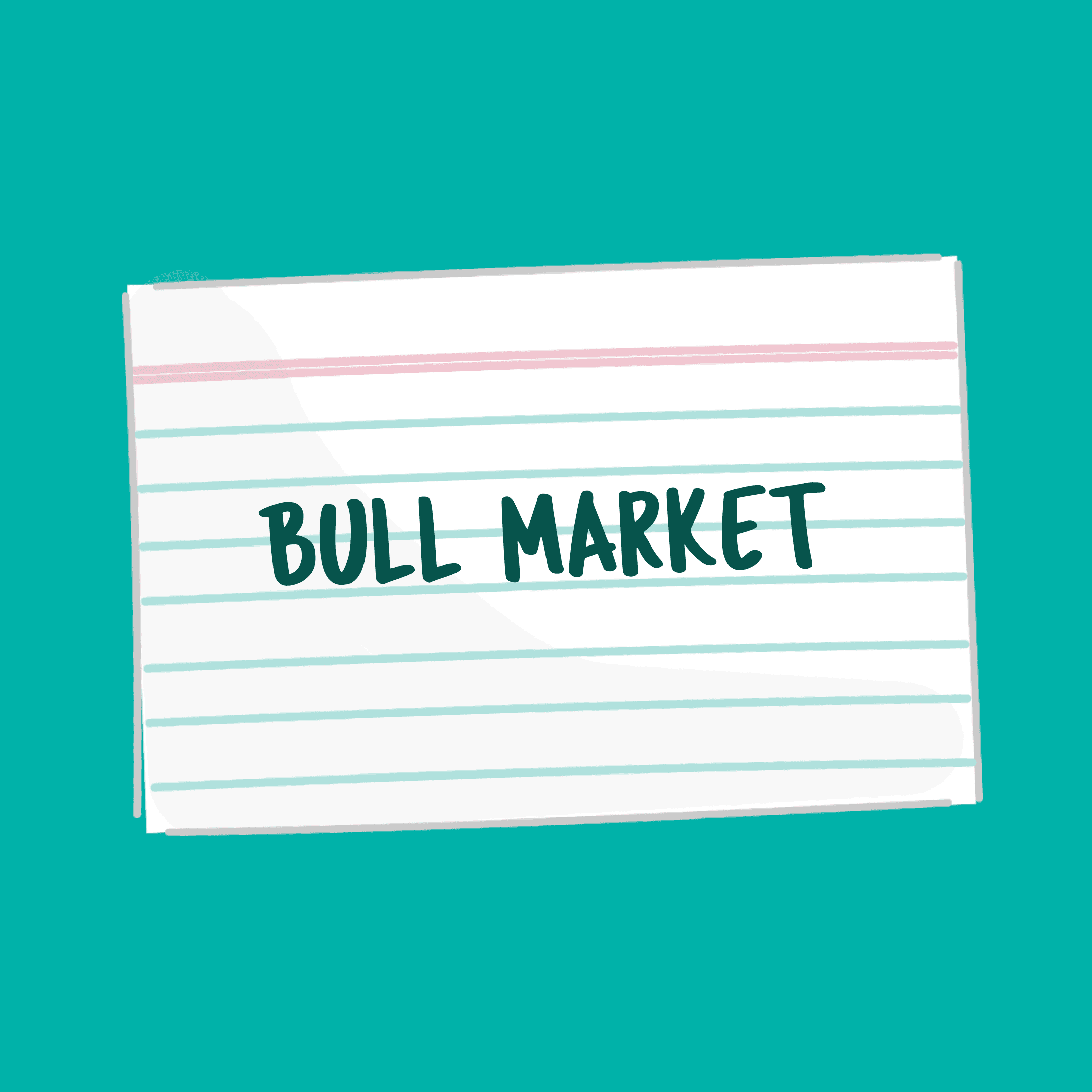
Bull Market
The kind everyone likes. Bulls attack by thrusting their horns up...like prices in a bull market. No bullsh*t.

COBRA
When you stay on your employer’s health insurance even though you don’t work there anymore. There are rules, and it can be expensive. Because you’re covering the entire premium (instead of splitting it with your boss) plus admin fees.
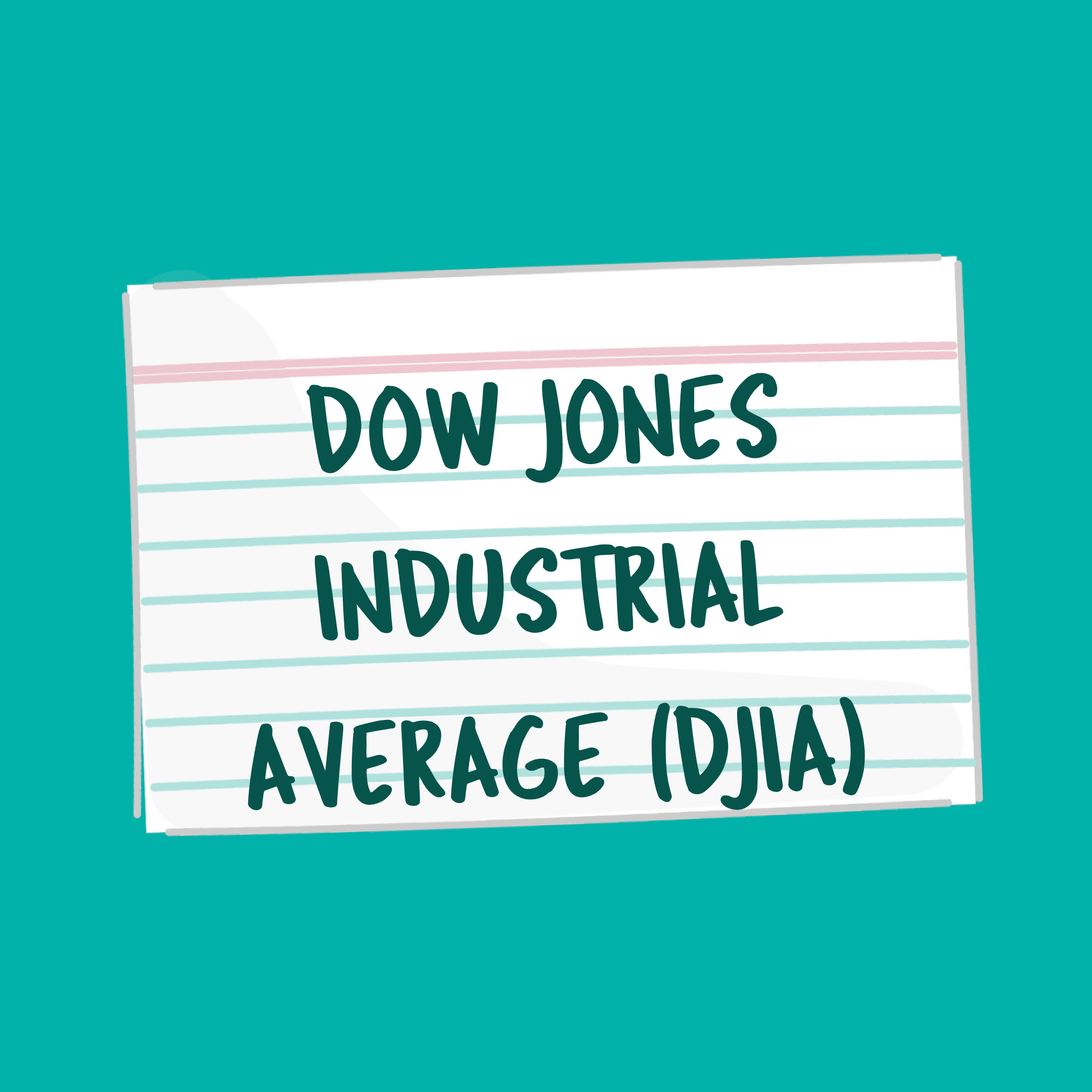
Dow Jones Industrial Average (DJIA)
30 respected US stocks investors watch to gauge overall market performance. A group of WSJ editors decide which companies are in or out. If you hear ‘the market’s down,’ the Dow’s probably having a rough day.
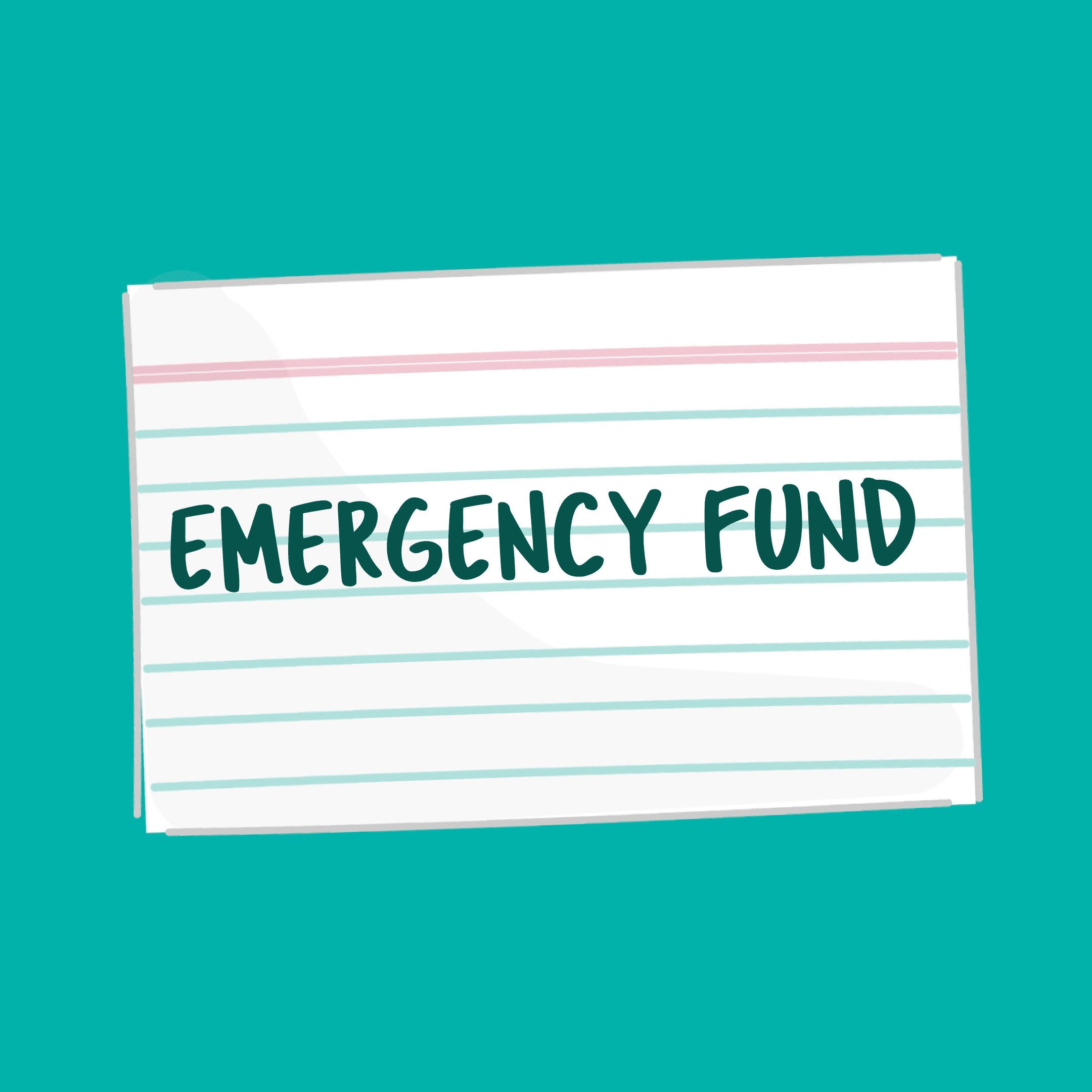
Emergency Fund
A savings account just for surprise expenses. Think: losing your job or a surprise bill. Try to fill it with three to six months’ worth of take-home pay.
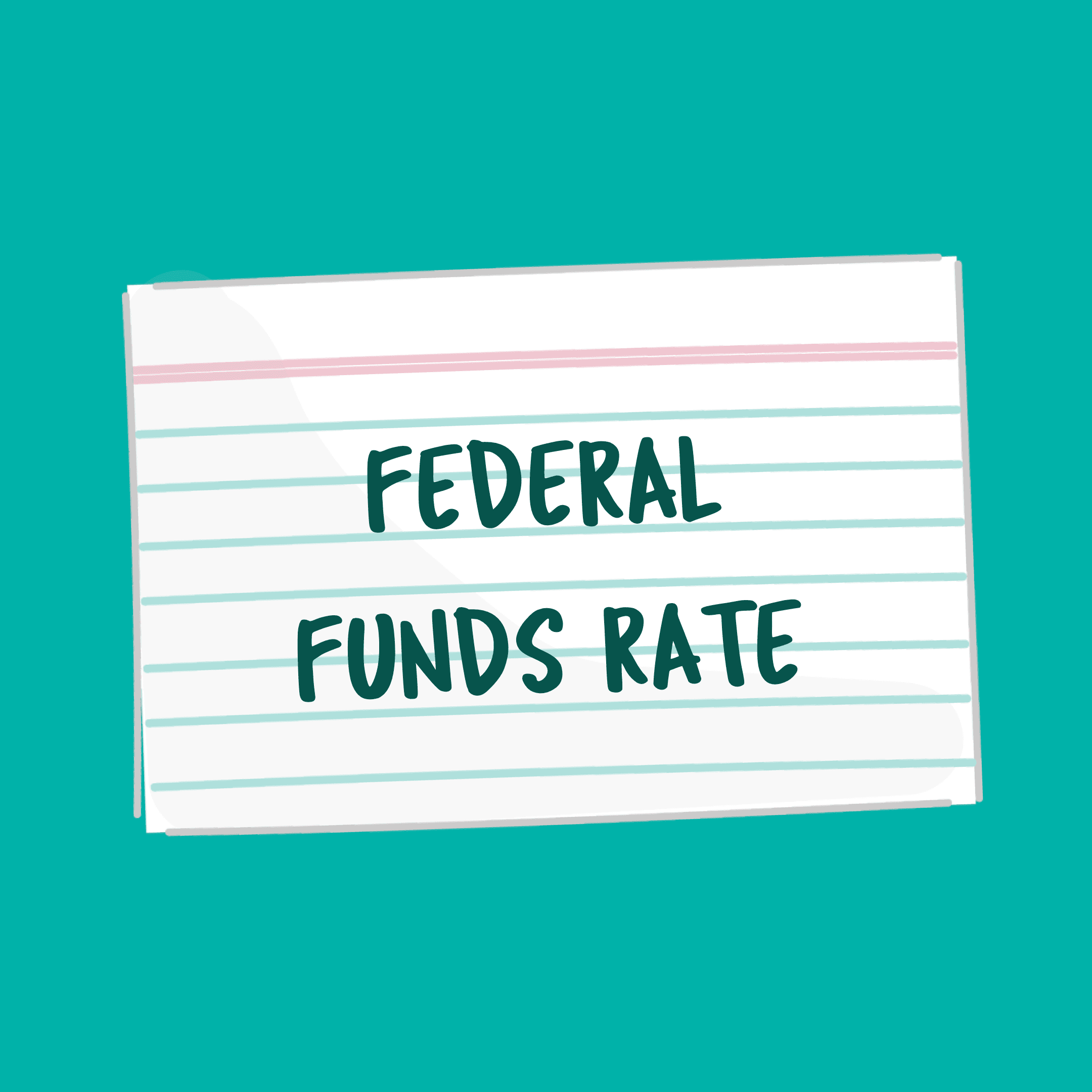
Federal Funds Rate
An important percentage that influences everything from inflation to what you pay to borrow money. The Fed might cut it to encourage people to borrow, spend, and invest more — and help boost the economy.
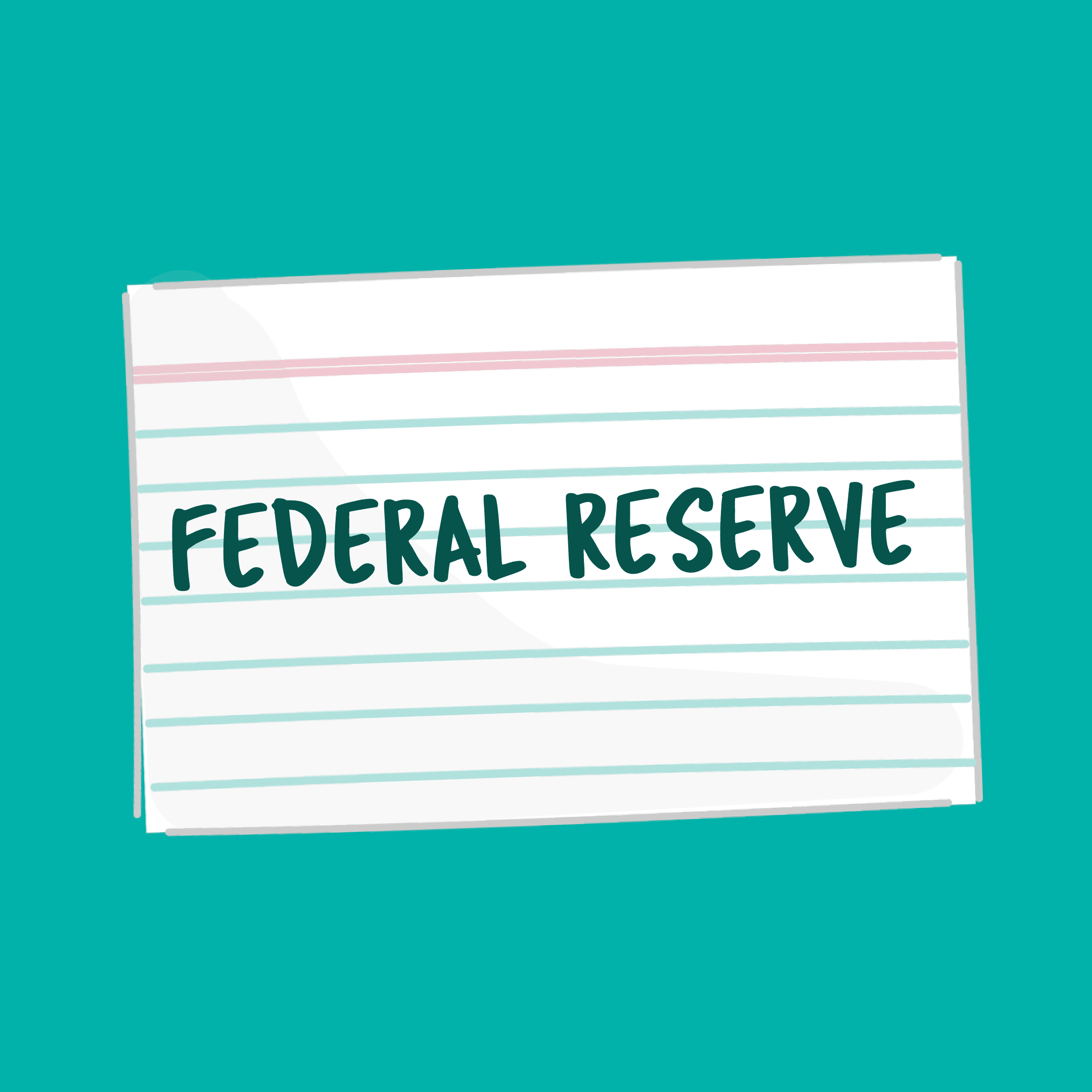
Federal Reserve
Aka the Fed, America’s central bank. Its main job is to keep the economy growing. Its go-to levers: adjusting interest rates, setting banking rules, and making sure you can access your money when you need it.

Furlough
When your company hits pause on your job and your paycheck until they can (hopefully) hire you back later. You might get to keep benefits like health insurance, and may even qualify for unemployment.
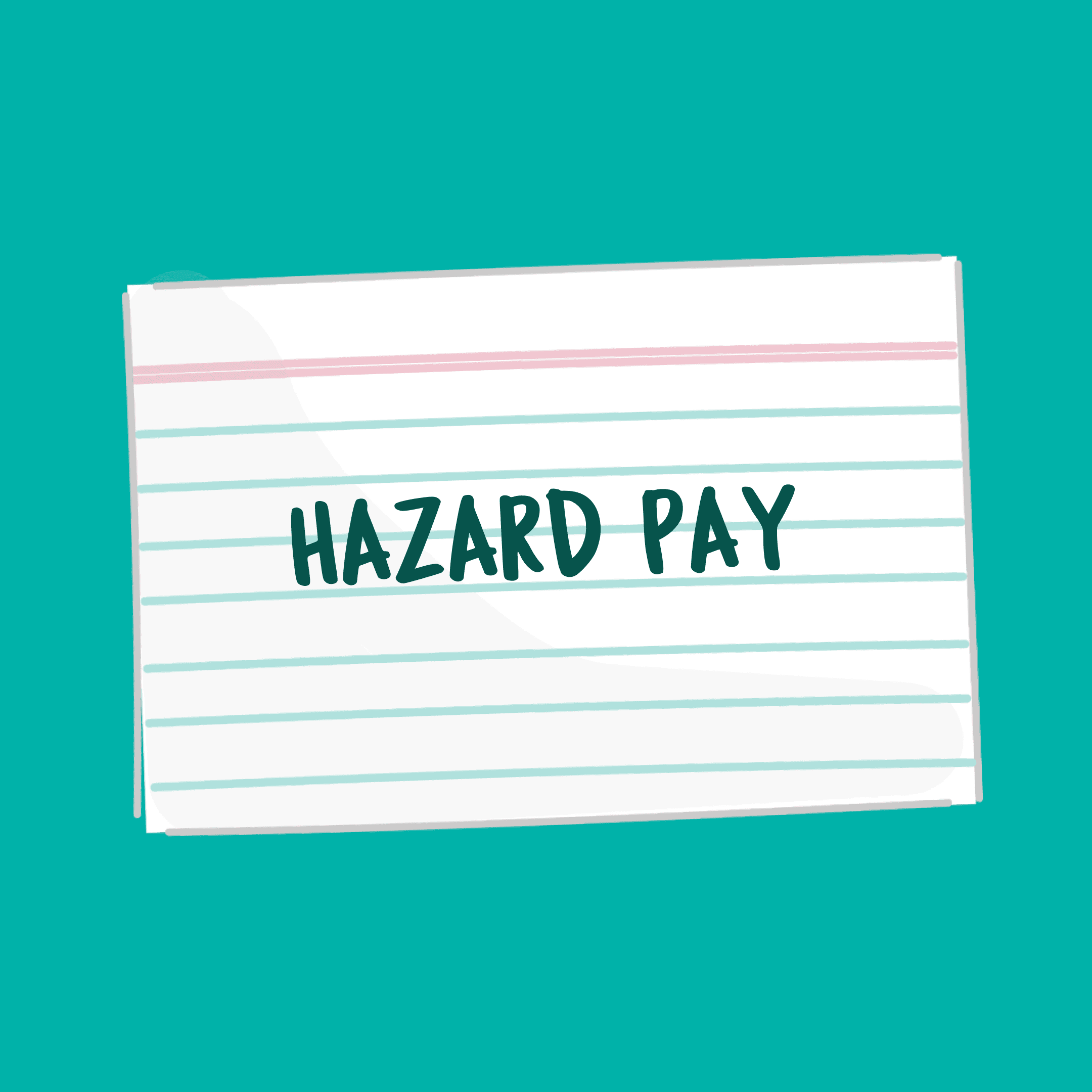
Hazard Pay
A little extra something your employer might offer if you work under physically or mentally difficult conditions.
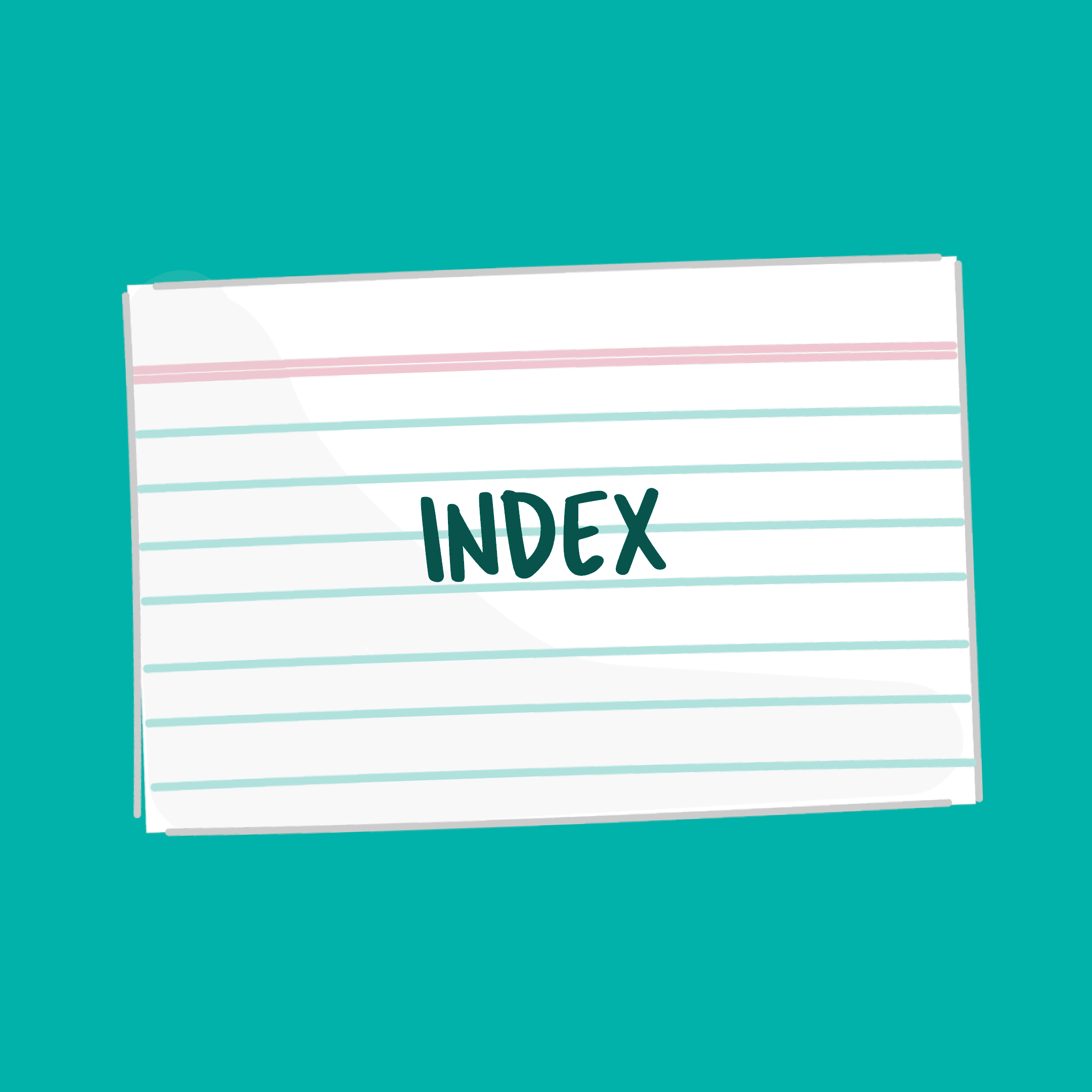
Index
A group of investments used to ballpark how the broader market is doing. Basically, the yard sticks of the investing world. Names you should know: the Dow, S&P 500, and NASDAQ.

NASDAQ
A totally digital stock exchange. Also a nickname for the Nasdaq Composite: Mark Zuckerberg’s fav index (probably), which tracks over 3,000 mostly tech stocks.

Portfolio
All the investments you own (stocks, bonds, real estate, cash, etc.). Make yours like you would a donut: fat and well-rounded.
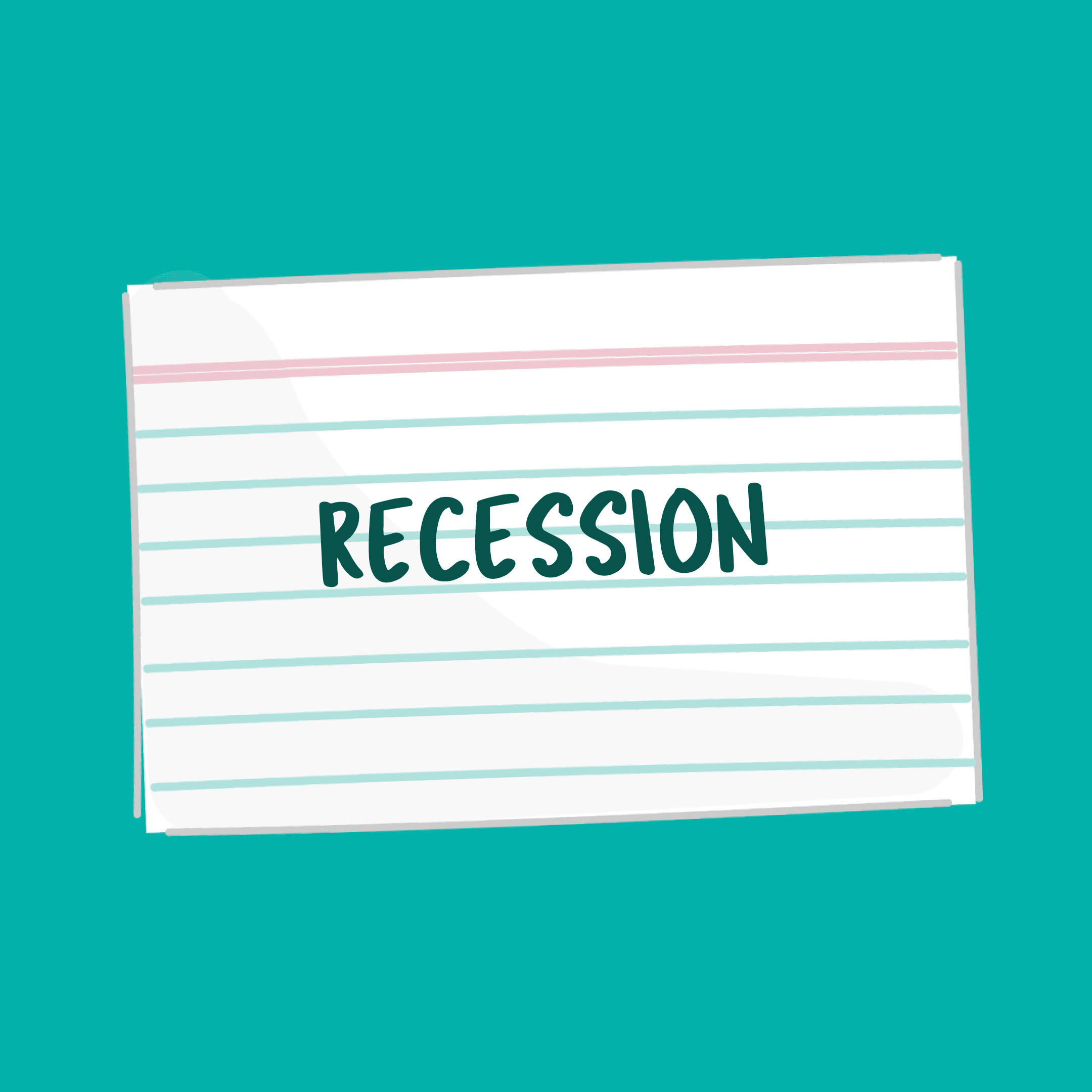
Recession
When the economy declines significantly for at least six months. Side effects include high unemployment, unhappy investors, and the Fed playing Coldplay’s “Fix You’’ on repeat.
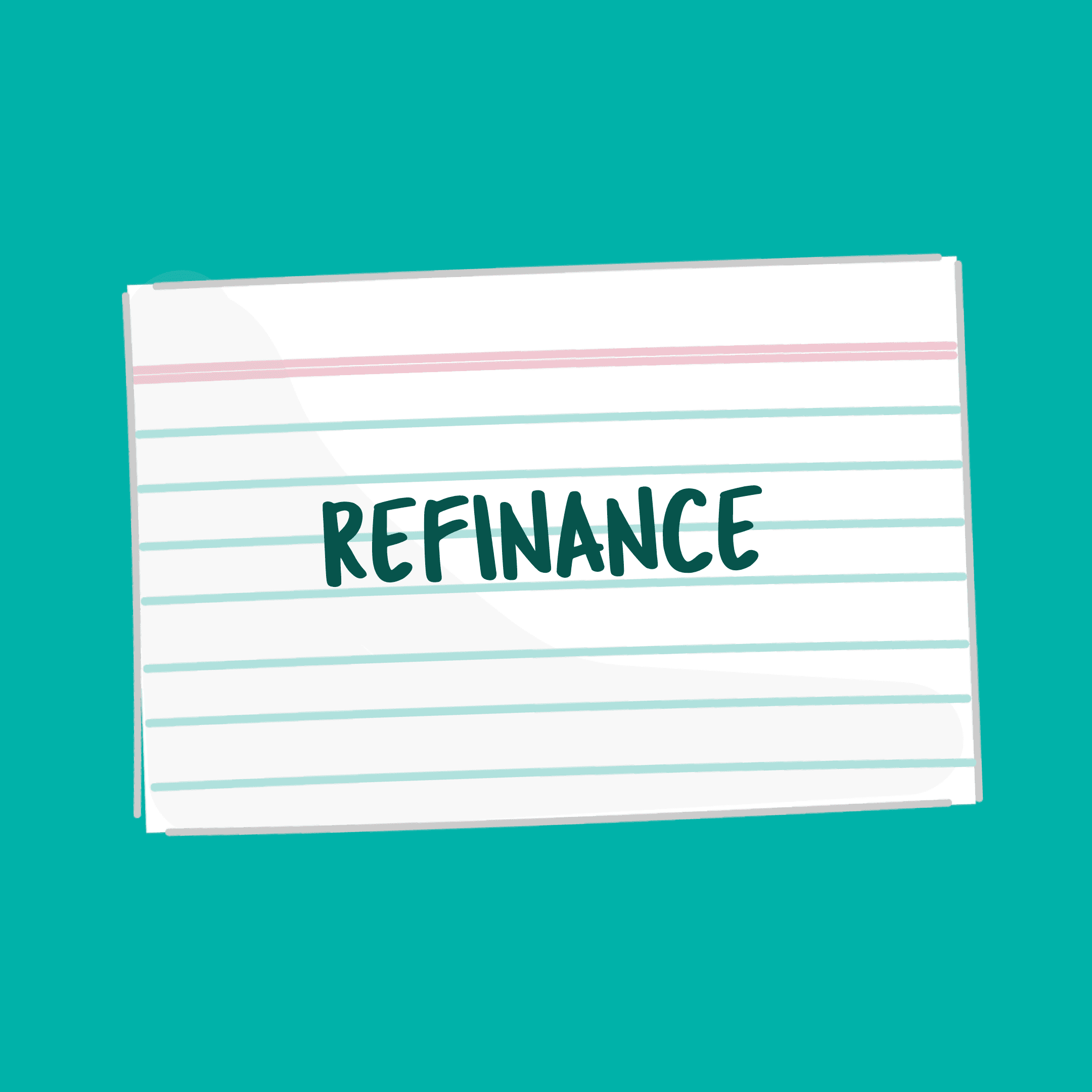
Refinance
When you swap out a loan you already have for a new one with better terms. Like a lower interest rate.

Risk Tolerance
How much the idea of losing money makes you want to throw up. Knowing yours can help you pick the right mix of risky and less risky investments.
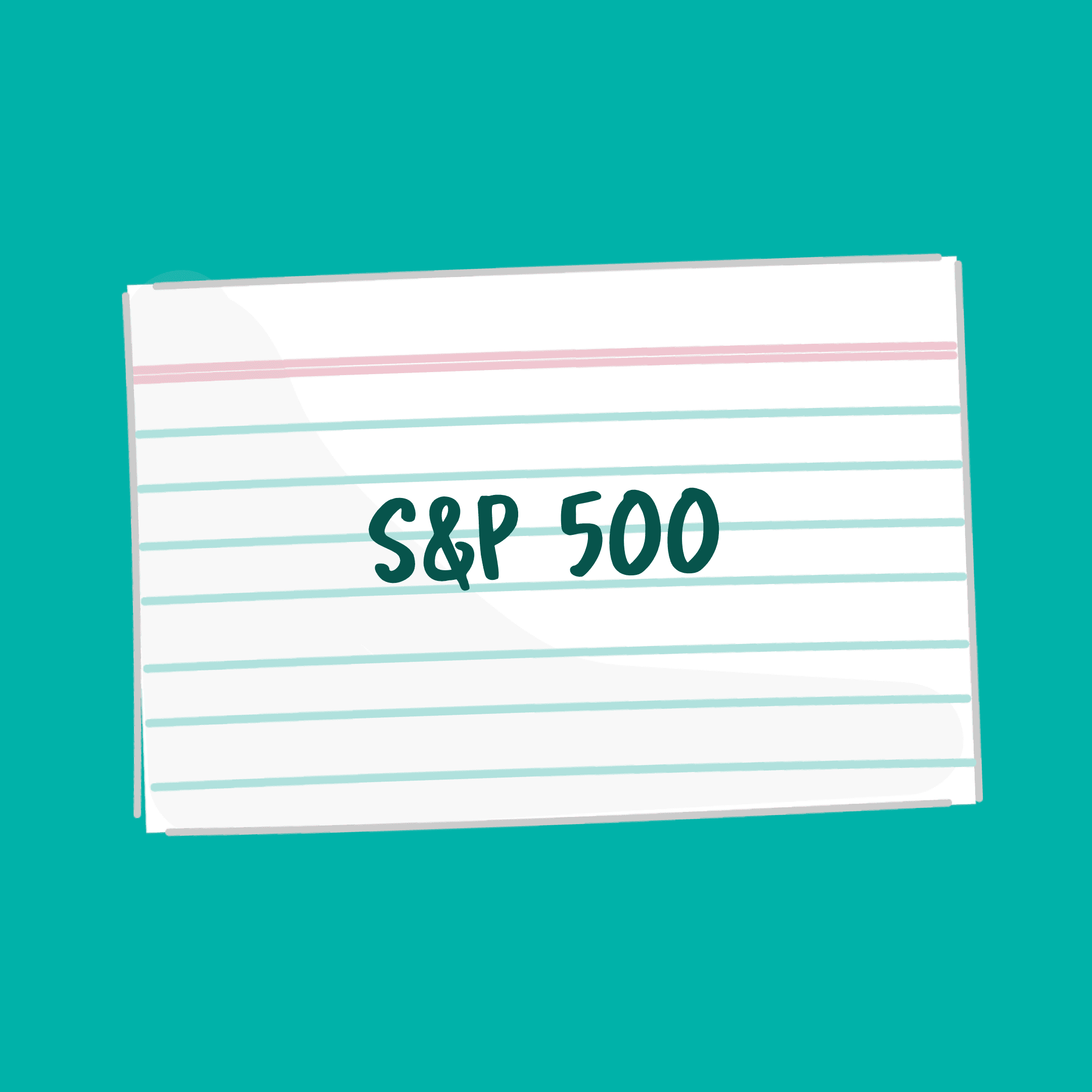
S&P 500
Tracks the value of 500 big US company stocks. Like the Dow, it’s a good indicator of what kind of day your friends who work in finance had.

Stimulus Package
A life raft the government throws the economy when it’s in danger of drowning. Some recent ones may have put more money in your pocket.
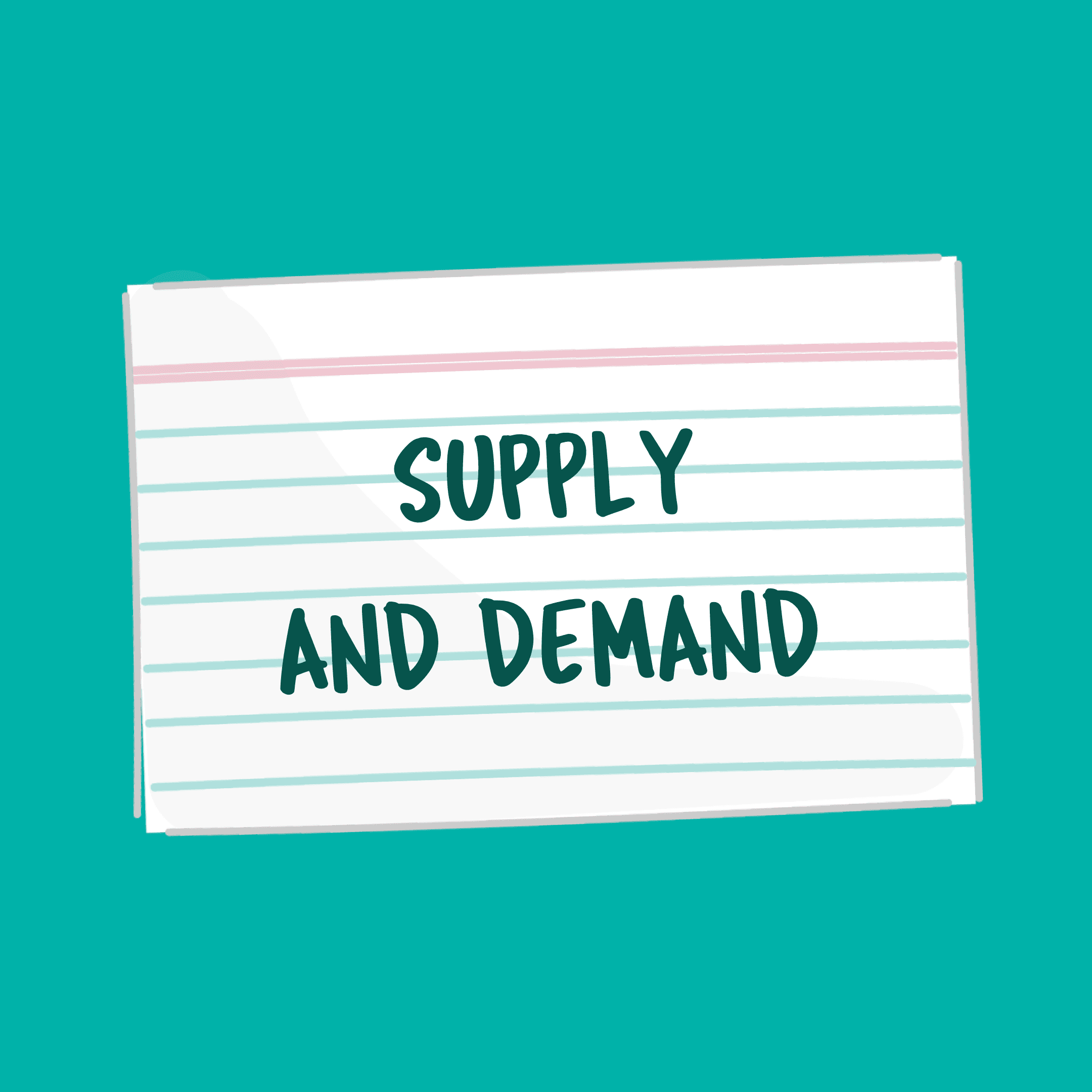
Supply and Demand
The relationship between how many people want something and how much of that ‘something’ is available. High demand + low supply = higher prices.
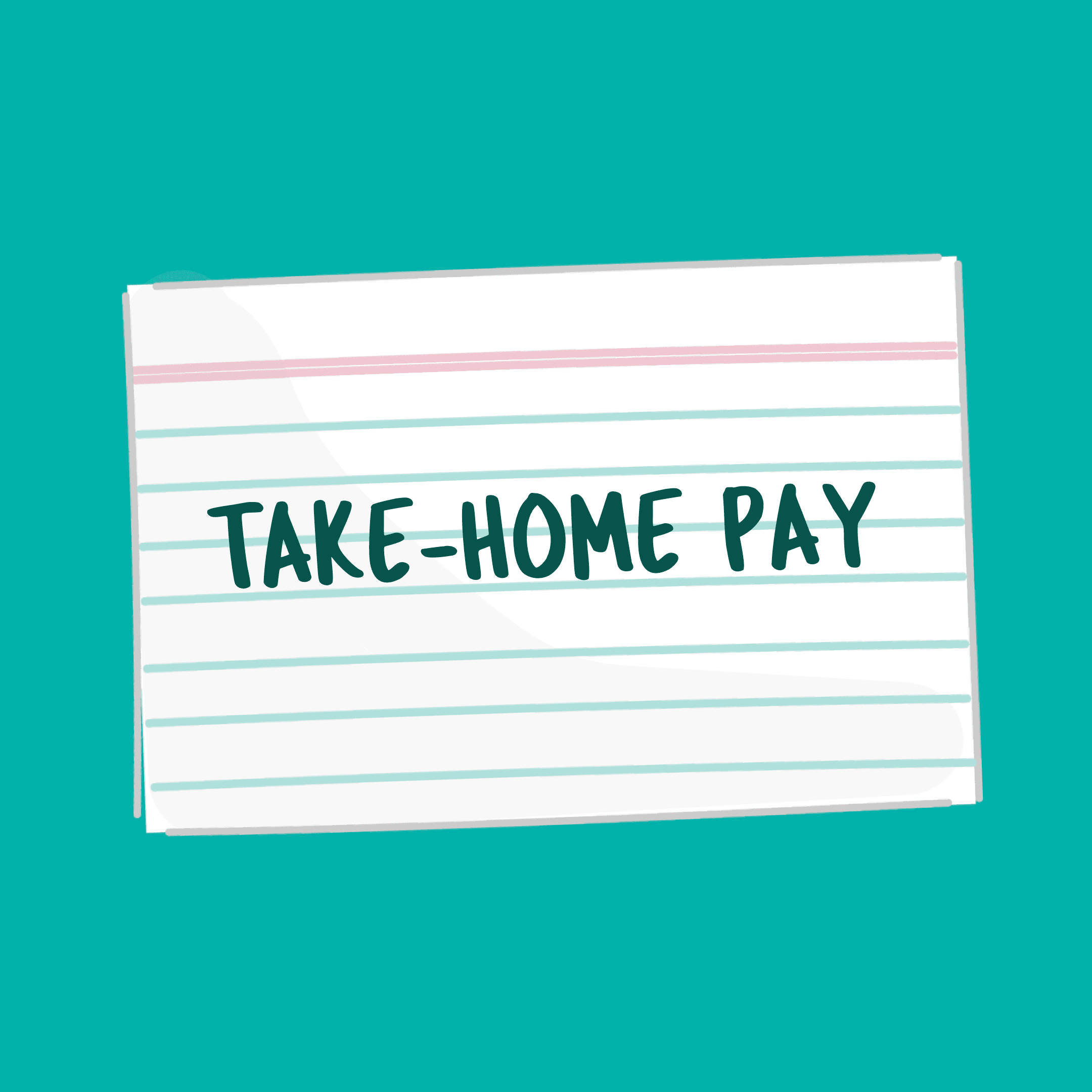
Take-Home Pay
A less fancy way to say “net income,” or the money that hits your bank account after taxes are deducted from your paycheck. Look at this number when budgeting and deciding how much is realistic to save.
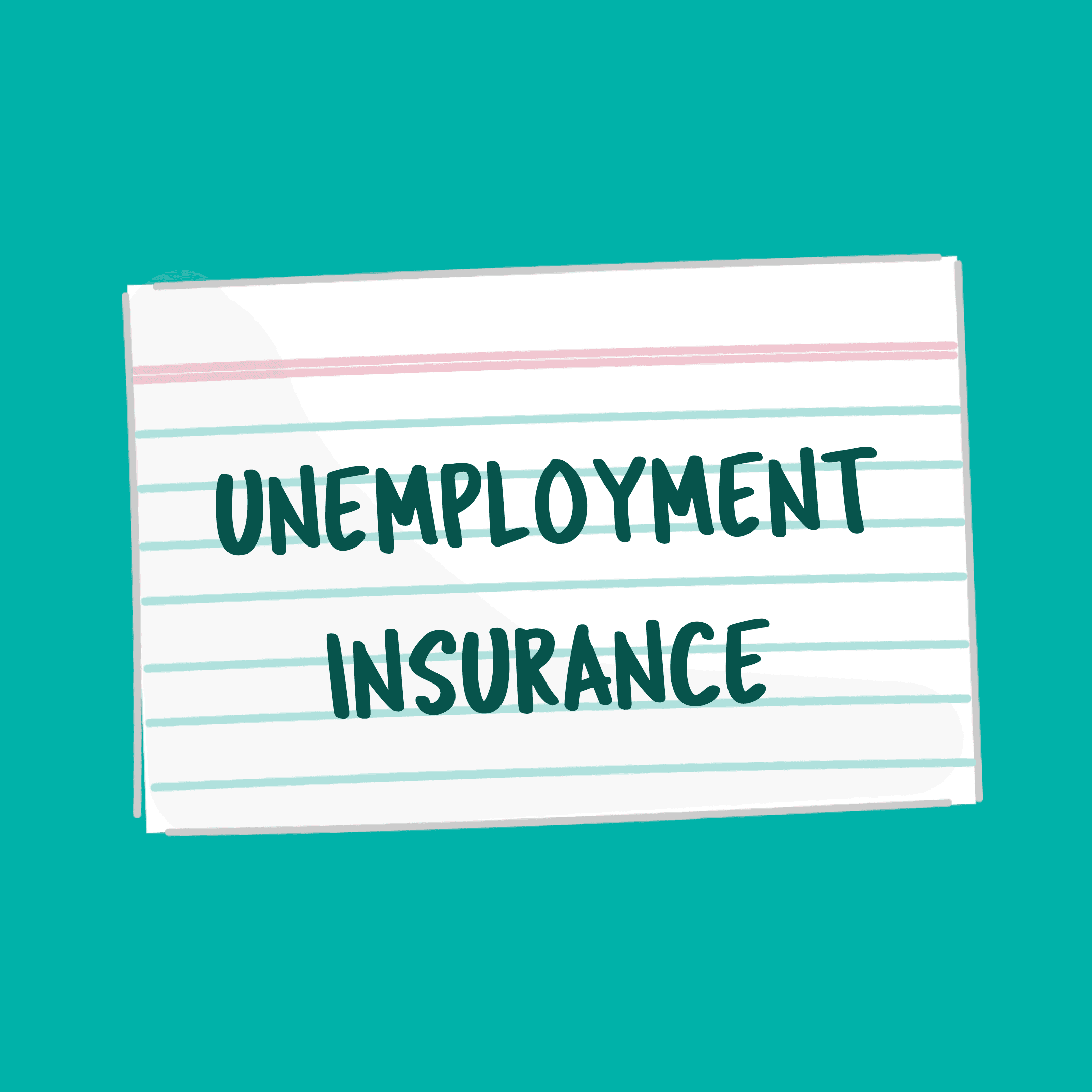
Unemployment Insurance
Also goes by “unemployment benefits” or just “unemployment.” It’s money you can temporarily get from the gov when you lose your job. So you can keep paying your bills while you get back on your feet...and into a new role.
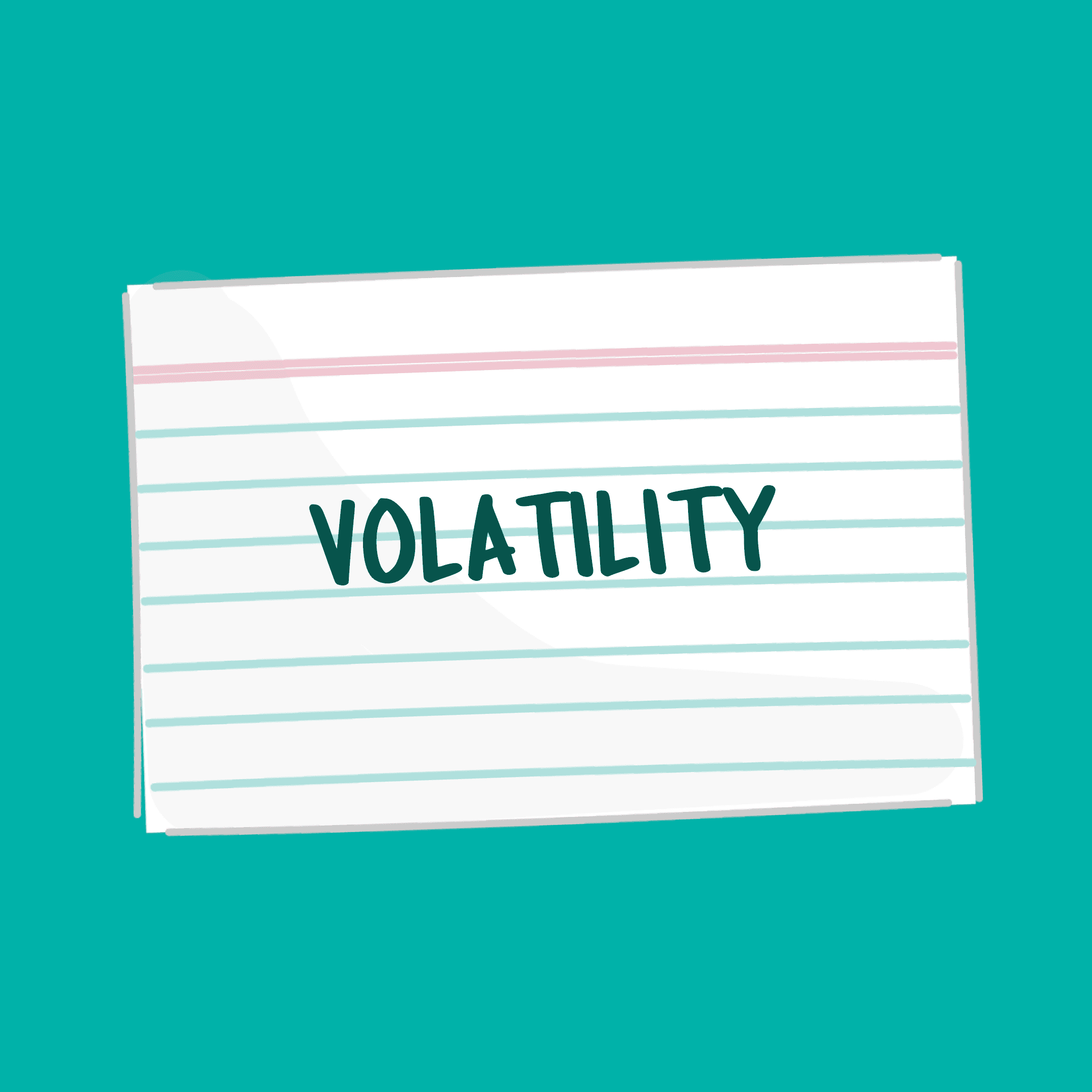
Volatility
Investments can be emotional. Volatility measures the frequency and severity of an asset's (or market's) mood (er, price) swings.
Stretch Your Money
Never a bad idea. Extra important right now.COVID-19 and Your Money: "Stretch Your Money" curated list
Get Your Money Questions Answered
About help from Uncle Sam, your investments, the economy, and more.COVID-19 and Your Money: "Get Your Money Questions Answered" curated list
Skimm the Headlines
The news can feel overwhelming. We break down what you need to know – and what it means for your money.COVID-19 and Your Money: "Skimm the Headlines" curated list
Want more $$$ news from theSkimm?
Sign up for our Skimm Money newsletter for more on the biggest financial headlines and trends, and how they affect your wallet.
© 2012-2025 Everyday Health, Inc., a Ziff Davis company. All rights reserved. theSkimm is among the federally registered trademarks of Everyday Health, Inc., and may not be used by third parties without explicit permission
This site is protected by reCAPTCHA and the Google Privacy Policy and Terms of Service apply.















